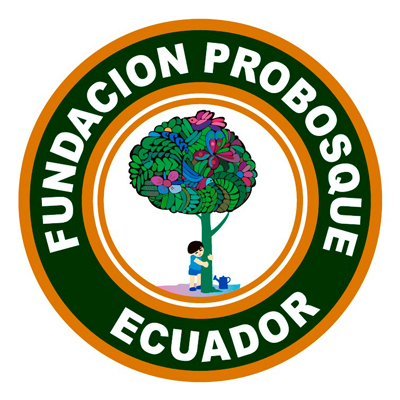Ecoregion: Ecuadorian Dry Forest
Key Species: Great Green Macaw, Grey Backed Hawk, Ecuadorian Amazon, Golden Trumpet Tree, Ceiba
Located just 15 kilometres from Ecuador’s largest city, Guayaquil, and comprised of seven forested hills in the eastern extension of the Cordillera Chongon-Colonche Mountains, the 14,826 acre (6,078 hectare) Cerro Blanco Protected Forest is one of the last remaining Ecuadorian dry forests.
Despite its recognition by the Ecuadorian Government as a Protected Forest, its close proximity to the city means Cerro Blanco is still threatened by expanding squatter settlements, illegal hunting for commercial and subsistence use, logging of secondary hardwood trees and forest fires and therefore increasing protection of this biodiverse forest is vital.
Project PartnerFundación Pro-Bosque

Conservation Action
With World Land Trust (WLT) support, Pro-Bosque aims to enhance the protection of Cerro Blanco and consolidate the protection of the 25 kilometre corridor stretching north-west to Chongon Colonche Protected Forest through a combination of land purchase, reforestation of degraded areas and supporting initiates with local land owners to ensure connectivity of this fragmented landscape.
Pro-Bosque is increasing protection within the reserve and wider corridor by purchasing land under private ownership with help from WLT. In 2011, WLT supported the purchase of 371 acres within the Protected Forest and continues to help Pro-Bosque to expand land under conservation protection within the corridor.
The patchwork of Cerro Blanco’s forest fragments are separated by degraded woodland and pasture dominated by African grass (Panicum maximum). To link fragments, WLT has supported a reforestation programme in Cerro Blanco since 2006. Since this date, more than 580 acres (235 hectares) have been replanted with native species.
Biological Importance
Owned and managed by Fundación Pro-Bosque, Cerro Blanco’s landscape varies from dry forest fragments, rocky outcrops and humid ravines. The forest is characterised by Ceiba trichistandra, Cavanillesia platanifolia and Tabebuia chrysantha but hosts over 500 plant species, 20 per cent of which are endemic to the dry forest.
The forest is also home to 10 dry forest endemic bird species including the Great Green Macaw subspecies Ara ambiguous guayaquilensis, the flagship of this reserve. In 2013, Cerro Blanco was also recognised as the country’s first Important Bat Conservation Area for the 32 species found at the reserve.

Community involvement
Pro-Bosque is working with local landowners in order to manage their properties more sustainably. Pro-Bosque works with local communities, focusing on nearby Puerto Hondo, where young local people, with guidance and training from the foundation’s staff, lead tourists on guided canoe trips through a rich mangrove estuary.
An environmental education centre also acts as a base for the local community and children’s ecology club. Rangers employed from the local community are building local pride for this unique reserve and its wildlife.
